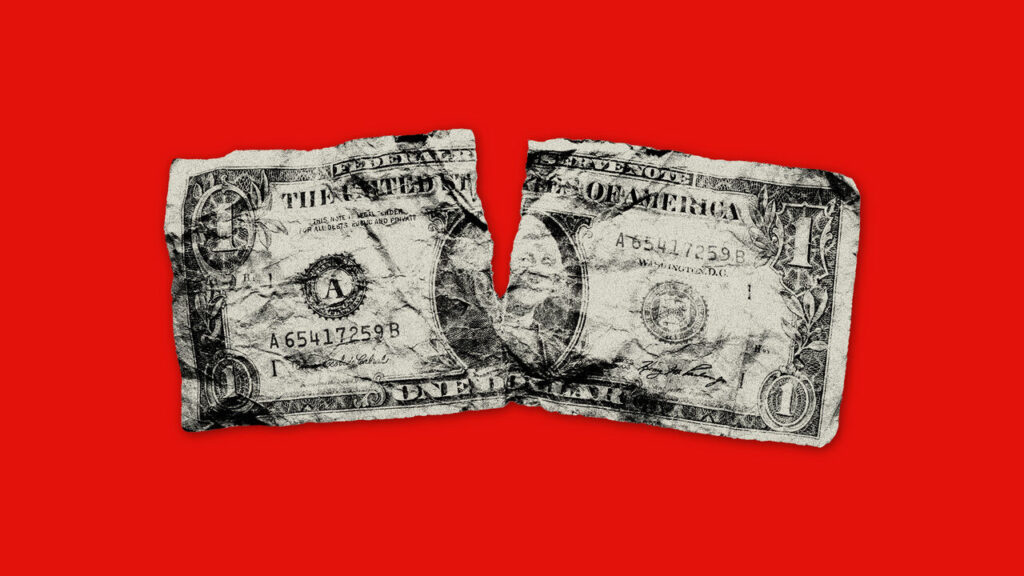Since the return of Donald Trump to the political arena, particularly to the White House following the 2020 elections, American investors have been battered by a series of unforeseen events and announcements that have left them grappling for stability. Compared to the wild fluctuations of previous administrations, it appears that investors have become desensitized to significant policy changes. Announcements that would typically send shockwaves through the stock market—such as imposing a staggering 50% tariff on copper or a 30% tariff on imports from the European Union—have recently prompted little more than a collective shrug from market actors. It’s indicative of a broader trend: investors have become remarkably resilient, or perhaps resigned, to the unpredictability of political maneuvers.
However, an exception to this trend emerged on July 16th, when President Trump suggested the possibility of dismissing Jerome Powell, the recently appointed chair of the Federal Reserve. Such a statement could have sent ripples through financial circles, given the critical role of the Fed in maintaining monetary stability and regulating interest rates. Although the market did react—evidenced by a spike in Treasury yields and a subsequent slump in the value of the dollar—the overall response felt tepid in comparison to past instances of market upheaval. This muted reaction points to a growing familiarity with the capricious nature of Trump’s presidency, suggesting that investors may be increasingly equipped to weather the storm of uncertainty that surrounds his leadership.
In what could be seen as a masterclass in leading with intention, Trump quickly reversed his provocative stance concerning Powell, signaling that business would resume as usual. This swift pivot brought an immediate sense of calm back to the markets. Investors regained their footing, and in a show of confidence, American stock markets rallied, reaching all-time highs the very next day. It demonstrates the complex interplay between political leadership and economic stability; while short-term shocks may create initial disarray, a swift correction can often lead to renewed optimism.
Furthermore, examining the broader implications of these events reveals a deep-seated reliance on the Federal Reserve’s policies in times of political unrest. The Fed’s independence is cherished in economic circles, and any threat to that status quo can incite significant unease among investors. Trump’s remarks about Powell struck a chord, as they underscored the precarious balance between political rhetoric and economic confidence. As the administration navigated these tumultuous waters, the public and private sectors alike appeared to brace for impact, acknowledging the volatile alliance between governance and market performance.
In conclusion, the interactions between Trump’s policies and investor reactions reveal a nuanced landscape of American economic sentiment. While major announcements are met with skepticism and apathy, the importance of leadership at the Federal Reserve remains a critical variable in shaping market engagements. The swift market recovery following Trump’s retreat from hinting at Powell’s dismissal illustrates a sophisticated investor landscape that is growing accustomed to unpredictability. Moving forward, it remains to be seen whether this resilience can withstand the tides of future political decisions, or if further policy shifts will evoke a more profound response from a market learning to navigate the complexities of governance in a new era.









